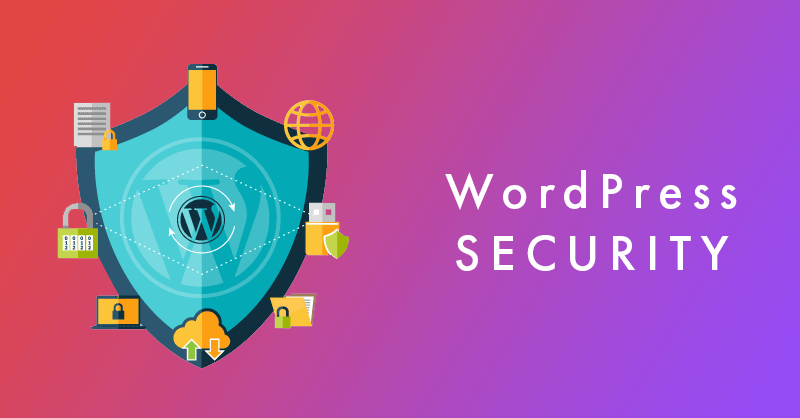
Introduction
Your WordPress database is the backbone of your website, storing critical data such as user information, posts, pages, comments, and settings. If compromised, your site could suffer data breaches, downtime, or even total loss of content. Cyber threats like SQL injections, brute force attacks, malware infections, and unauthorized access can put your database at serious risk.
Fortunately, securing your WordPress database doesn’t have to be complicated. By following best security practices, you can protect your website, prevent data loss, and keep hackers at bay. This guide covers essential steps to safeguard your WordPress database from cyber threats.
1. Why WordPress Databases Are a Prime Target
A. What Cybercriminals Target
✅ User Credentials – Hackers attempt to steal usernames, passwords, and email addresses. ✅ Website Content – Cybercriminals can delete or modify posts and pages. ✅ Payment & Customer Data – E-commerce sites are vulnerable to financial data theft. ✅ Sensitive Configuration Files – Attackers try to access wp-config.php for database credentials.
B. Common Database Attacks
✅ SQL Injection – Hackers manipulate SQL queries to gain unauthorized access to the database. ✅ Brute Force Attacks – Automated bots try different password combinations to break into the database. ✅ Malware & Backdoor Infections – Malicious scripts compromise database integrity. ✅ Denial-of-Service (DoS) Attacks – Attackers overload the database, causing website crashes.
2. Essential Steps to Secure Your WordPress Database
A. Change the Default Database Prefix
✅ WordPress uses wp_ as the default prefix for database tables, making it easier for hackers to target. ✅ Modify the prefix to something unique, like wpxyz_, during installation. ✅ If your site is already live, use a security plugin like iThemes Security or WP-DBManager to change it.
B. Use Strong Database Credentials
✅ Avoid common database usernames like admin or wordpress. ✅ Generate a strong password with uppercase letters, numbers, and special characters. ✅ Update your database password periodically to prevent unauthorized access.
C. Restrict Database User Privileges
✅ Assign minimum permissions required for database users. ✅ The WordPress database user should have read and write access only—avoid granting DROP or ALTER privileges unless necessary. ✅ Configure database privileges in your hosting panel (cPanel, phpMyAdmin, or MySQL CLI).
D. Move wp-config.php Outside the Root Directory
✅ wp-config.php contains database credentials—if exposed, hackers can take over your site. ✅ Move it to a non-public directory and update the WordPress path accordingly. ✅ Use the following code in .htaccess to block access:
3. Enforce Secure Access Controls
A. Enable Two-Factor Authentication (2FA)
✅ Even if a hacker steals your database login, 2FA adds an extra security layer. ✅ Use plugins like Google Authenticator or Wordfence Login Security to enable 2FA. ✅ Require strong authentication methods for admins and database users.
B. Limit Login Attempts
✅ Prevent brute force attacks by limiting failed login attempts. ✅ Install plugins like Limit Login Attempts Reloaded or WP Cerber Security. ✅ After multiple failed logins, block suspicious IPs from attempting further access.
C. Restrict Database Access by IP Address
✅ Allow database access only from trusted IP addresses. ✅ Modify the MySQL configuration (my.cnf** file)** to restrict external connections. ✅ If using cPanel, configure Remote MySQL Access to allow only necessary connections.
4. Regular Backups & Database Monitoring
A. Schedule Automatic Database Backups
✅ Use backup plugins like UpdraftPlus, Jetpack Backup, or BlogVault to schedule daily backups. ✅ Store backups offsite in cloud storage (Google Drive, Dropbox, Amazon S3). ✅ Retain multiple backup copies in case of corruption or cyberattacks.
B. Scan for Malware & Suspicious Activity
✅ Regularly check your database for unauthorized changes or injected scripts. ✅ Use security plugins like Sucuri Security, MalCare, or Wordfence to scan for malware. ✅ Monitor login activity logs to detect brute force attempts.
C. Optimize & Clean Your Database
✅ Remove old revisions, spam comments, and unnecessary data to reduce database size. ✅ Use WP-Optimize or Advanced Database Cleaner to schedule routine optimizations. ✅ A clean database improves site speed and performance while reducing security risks.
5. Advanced Security Measures
A. Implement a Web Application Firewall (WAF)
✅ Blocks malicious traffic before it reaches your database. ✅ Use Cloudflare, Sucuri, or Wordfence for advanced firewall protection. ✅ Filters out SQL injections, cross-site scripting (XSS), and DDoS attacks.
B. Encrypt Database Connections
✅ If your hosting supports it, enable SSL/TLS encryption for MySQL connections. ✅ Prevents man-in-the-middle attacks by securing data transmission. ✅ Modify wp-config.php to enforce secure connections:
C. Set File & Directory Permissions Correctly
✅ Restrict access to wp-config.php and database-related files. ✅ Recommended file permissions:
-
- **wp-config.php:**
600
- <span>**.htaccess:**</span><span> </span><code><span>644</span></code>
- <span>**wp-content/uploads:**</span><span> </span><code><span>755</span></code>
D. Disable Database Error Display
✅ Error messages can expose database structure and sensitive details. ✅ Disable database error reporting by adding this to wp-config.php:
Final Thoughts
Your WordPress database is the foundation of your website—securing it should be a top priority. By implementing strong access controls, regular backups, firewalls, and database optimizations, you can significantly reduce the risk of cyber threats.
Taking proactive steps today will protect your site from hackers, data breaches, and downtime. Don’t wait until it’s too late—strengthen your WordPress database security now!
📧 Stay Updated
Get the latest web development tips and insights delivered to your inbox.




